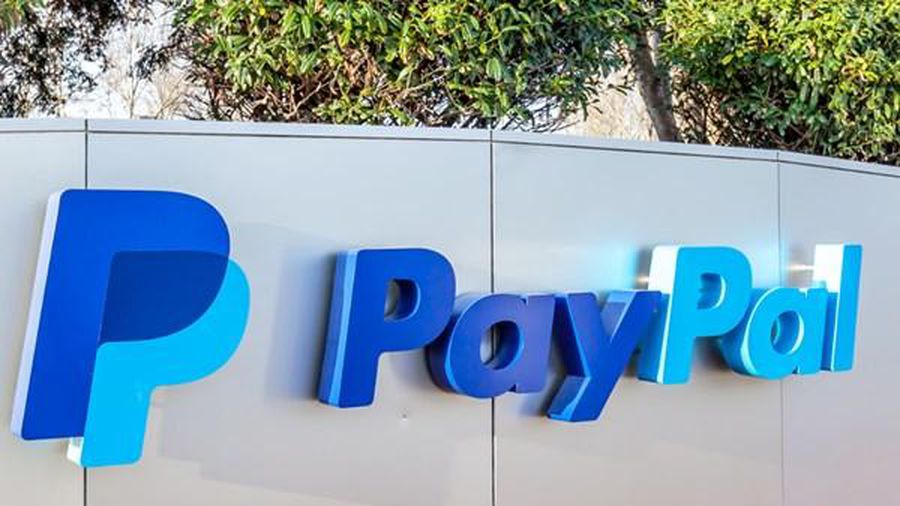5 Ways to Raise Capital to Keep Growing your Business in 2021
The importance of cash flow can not to be underestimated. Everything a business does, from the purchase of raw materials to the launch of new projects, requires liquidity.
If you are getting a bit desperate trying to find the cash to keep growing your venture, business consultant Jasdeep Singh for Connecticut has summarized 5 different ways through which you can achieve this particular goal.

Friends and Family
Although this sounds a bit obvious, turning to friends and family for money can be a bit tricky, especially if your track record as an entrepreneur hasn't been filled with accomplishments thus far.
In this regard, Dr. Singh from Connecticut, US suggests that entrepreneurs should treat prospective investors within this circle in a similar way as they would treat a respected outside investor.
This involves pitching the idea in a professional way, addressing comments and questions with facts, and making people feel comfortable with the idea of handing over their money in exchange for participating in an attractive business opportunity.
Find a partner
Even though working with a partner can be difficult, finding the right person to join you in the adventure of building a business from scratch can be quite rewarding.
In this regard, identifying the right partner is a process that starts with listing the skills and attitudes that would complement your strengths.
While counterintuitive, Dr. Singh emphasizes that two people with the same skills may add limited value to the business compared to two people with different, yet valuable, skillsets. What should be aligned are the mindsets, values, and rise profiles of the partners so there can be synergy towards the mission of the company.
Apply for a loan
Going into debt is often viewed negatively due to the burden that carrying a financial obligation places on the business during an early stage of its life.
However, this negative stand often assumes that the terms and conditions of the debt will be unfavorable to the company. This is not necessarily the case. For instance, equipment purchases, due to the built-in collateral, will be treated differently than a loan for less clearly attributed capital.
Although not relying too much on debt for funding your business is, in general, good advice, a manageable portion of debt, also known as leverage, can help securing resources without having to hand over equity to a third-party.
As a rule of thumb, the percentage of debt held by a new business should not exceed 20% of its assets and the cost of such commitments should have little effect on the business' profitability.
One advantage to debt are its tax implications. Using debt in combination with equity is that interest expenses are tax-deductible and could reduce the cost of capital by nearly a third in some cases.
Crowdfunding
Crowdfunding is an innovative way to secure capital. There are multiple platforms through which entrepreneurs can pitch their ideas to the public, with the advantage being that not only might one get some necessary cash, founders also get early market feedback. Depending on how fast the fundraising limit is reached and the comments from future customers can provide invaluable insights into future target available markets.
Some examples of these platforms would include Kickstarter and Indiegogo, although there are other niche crowdfunding platforms through which business founders can reach investors that would like to fund certain specific types of ventures.
According to data from Startups.com, nearly $300 billion will be raised through crowdfunding by 2025, with the average amount raised per campaign beingapproximately $7,000.
Interestingly, the average campaign success rate is around 50% while the study also found that 78% of crowdfunding campaigns exceeded their goal. This makes such an option an even more appealing source for capital, with the caveat being that there is a value propositionenticing enough to attract investors.
Bootstrapping

Is it possible to grow a business by using an organic source of funding that does not require involving a third party? Yes!
In this regard, Dr. Singh mentions bootstrapping as a plausible way to secure financing, though not nearly as popular as it once was.
Bootstrapping means that the business will use its own profits to keep growing, which results in reinvesting possibly 100% of the earnings obtained within a given year.
For entrepreneurs, this strategy is not frequently the most enticing as it means that they mustreinvest a large portion, or the totality, of the company's profits. This would leave little for an income in the beginning but tends to be a fairly profitablestrategy in the long run if the business ends up succeeding.
The benefits of bootstrapping include not having to cede a portion of the business' equity as well as maintaining control over the day-to-day operations and overall vision.
Meanwhile, bootstrapping can also involve saving money from other sources of income received by the entrepreneur to invest them into the business.
It is important to note that this method is best suited for businesses that have high profitability margins. If that is not the case, it would be quite difficult to raise enough money through this source to finance big expansion projects.
Bottom line
Now that you have some ideas as to where to find the money, now comes the time for strategy planning. You may find one of these methods can meet your needs while a combination of methods is required.
Whether you plan to ask for a loan or turn to a relative for some extra cash for the company, make sure you are comfortable with that particular funding source and that you understand the benefits and risks involved in the transaction.
You should read it
- Using the web to create virtual personnel, the chessboard project was automatically removed from Kickstarter with the suspected fraud
- In order for the manufacturer to sell counterfeit products on its platform, Kickstarter was sued
- How to make money from YouTube Partner?
- How to Find Romantic Arts and Crafts to Do Together
- How Being Vulnerable Leads to a Healthy and Fulfilling Relationship
- Masta Box: When a fidget cube is not just a toy to play with
- This is the perfect glass for office workers who plugged in their computers all day
- Surely gamers will love this waterproof shoe, less than a week and earned more than 16 billion on Kickstarter
- The phone exploded, causing the Indian man to die
- In order for children to succeed, parents should implement these 10 things
- How to Make a Phone Call from Computer with Mobile Partner
- Guide to raise chickens in Minecraft effectively
May be interested

Computer History: Brief history of formation and development

Microsoft silently rolled out a patch that fixes strange drive errors on Windows 10

Microsoft removed the most 'useless' folder on Windows 10 from File Explorer

Windows Terminal adds a tool to edit hidden graphics settings

iOS 14.5 helps users hide IP from Google scrutiny

Paypal is 'indifferent' to cryptocurrencies






 Top Useful Software That Will Make Your Business Grow Faster And Work Better
Top Useful Software That Will Make Your Business Grow Faster And Work Better To call for start-up capital, startup founders need to have these 3 qualities
To call for start-up capital, startup founders need to have these 3 qualities 13 simple ways to 'force' the boss to raise wages
13 simple ways to 'force' the boss to raise wages According to CB Insights, here are 20 reasons why startups fail
According to CB Insights, here are 20 reasons why startups fail 6 ways to combat botnets
6 ways to combat botnets Tokyo is not the official capital of Japan, so where is the capital of Japan?
Tokyo is not the official capital of Japan, so where is the capital of Japan?